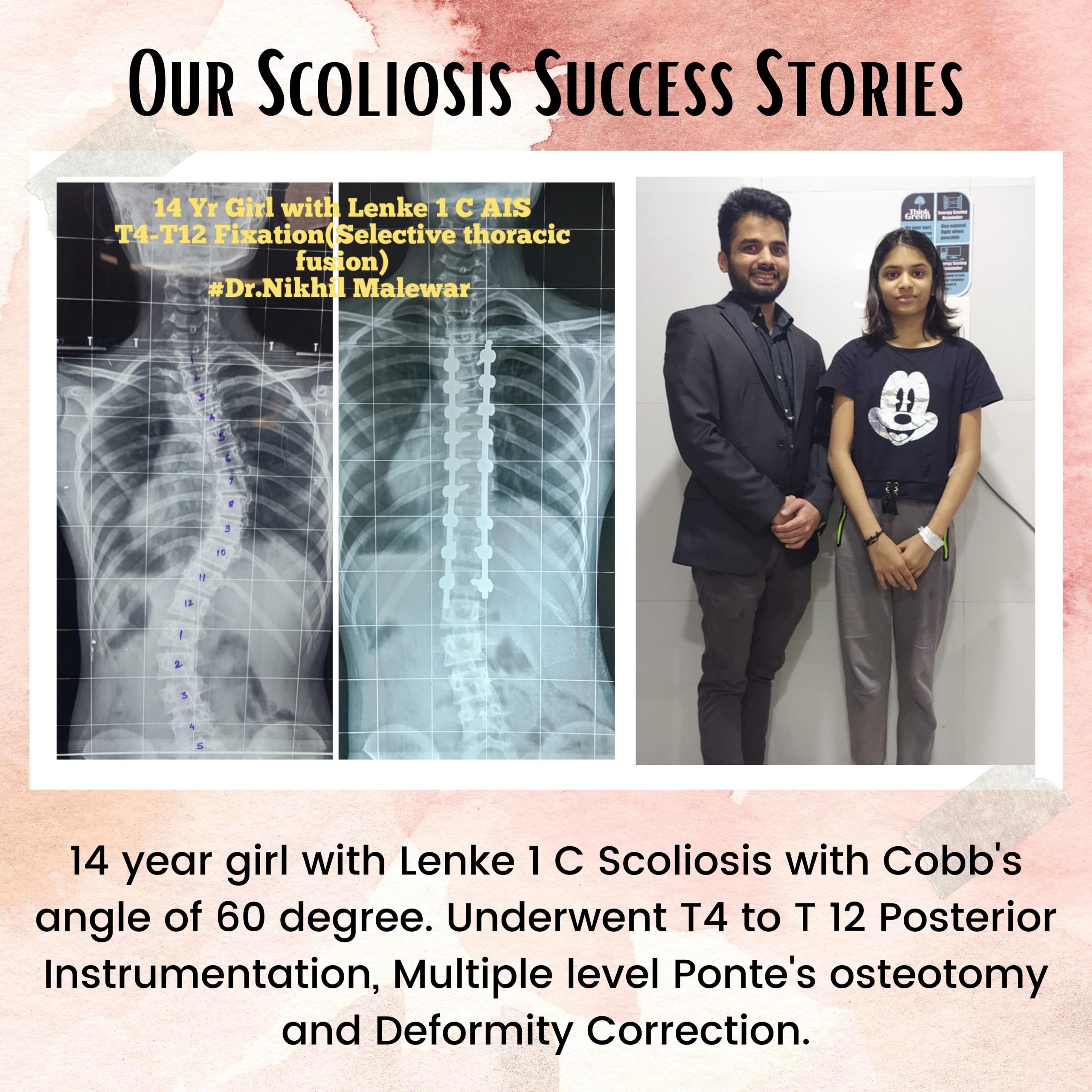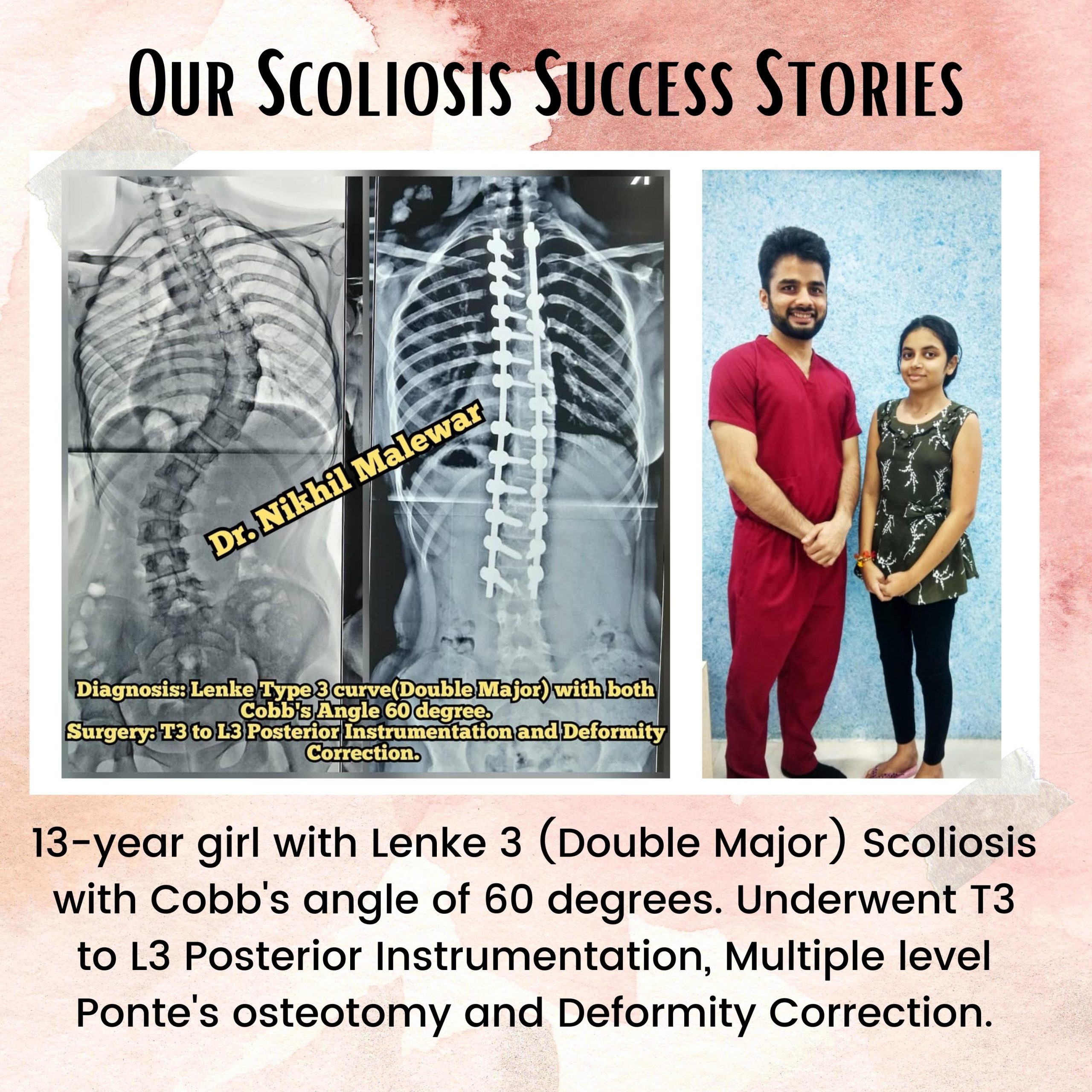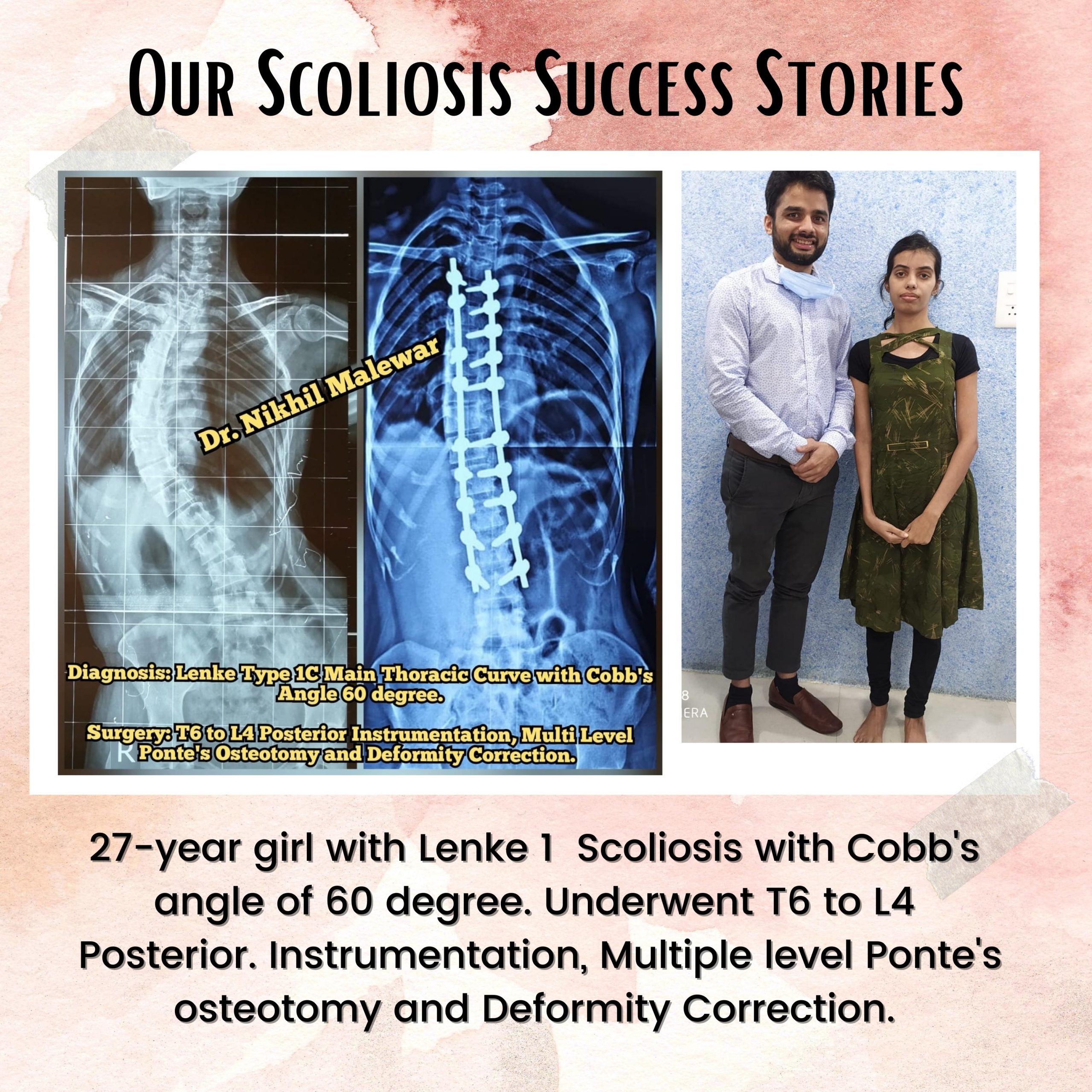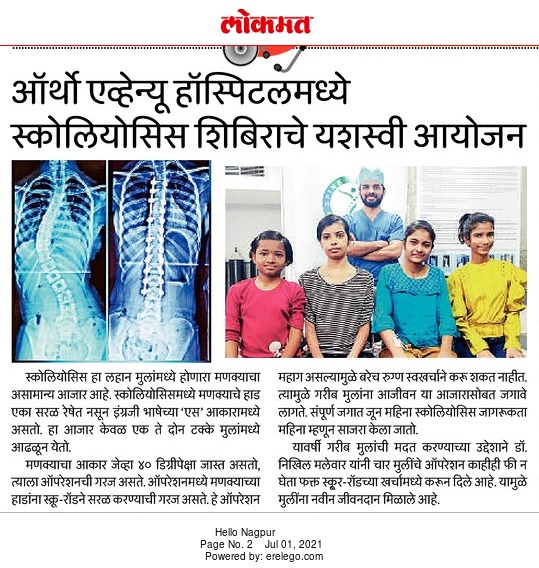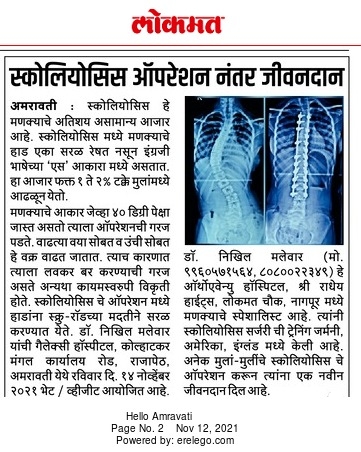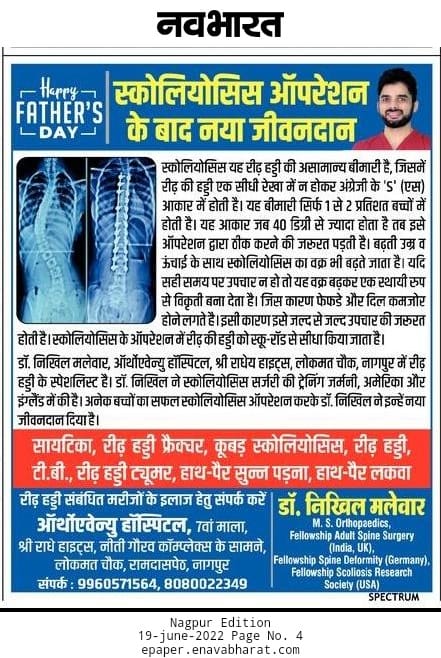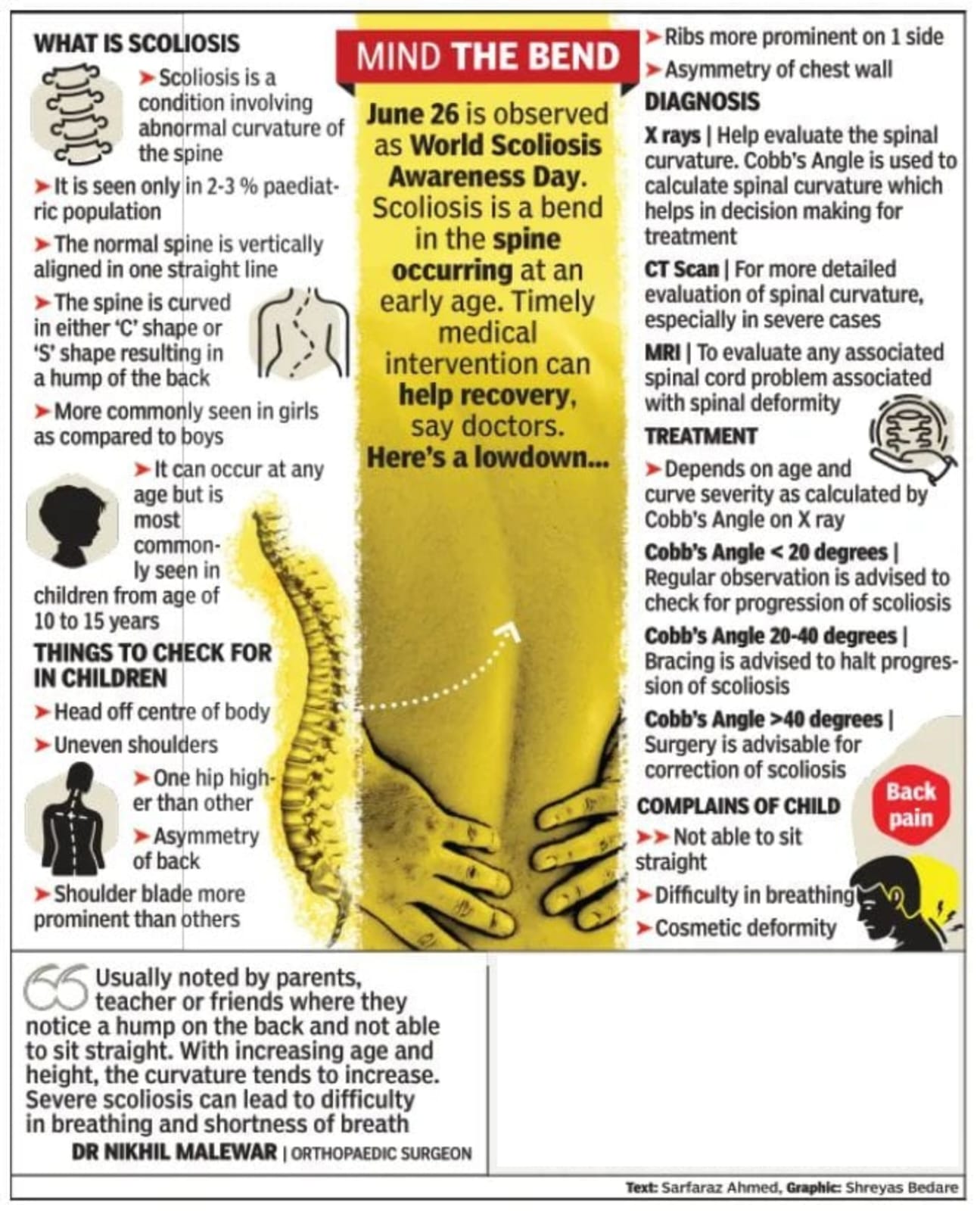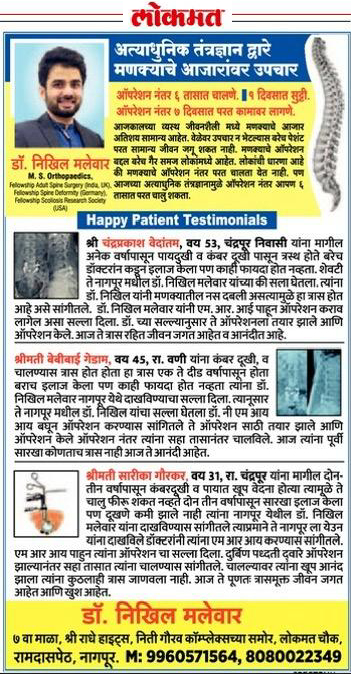What is Fracture Spine Surgery ?
Fracture Spine Surgery In Nagpur, medically known as the breaking of any vertebra in the spinal column consisting of 33 bones, is a significant injury. Each bone in the spine is refer to as a vertebra, with “vertebrae” being the plural form.
Colloquially, a spinal fracture is often term a “broken back.” These fractures typically result from incidents such as falls, sports injuries, car accidents, or conditions like osteoporosis.
While many spinal fractures can be manage without surgery, wearing a brace for several months may be necessary. However, in cases of severe spinal fractures, surgical intervention is often require to repair the damage.
Types of spinal fractures
The spine is segment into three primary sections, each susceptible to spinal fractures:
- Cervical spine fracture: Involves broken vertebrae locate in the neck region.
- Thoracic spine fracture: Occurs when vertebrae in the upper back, spanning from the base of the neck to the bottom of the ribs, sustain fractures.
- Lumbar spine fracture: Refers to broken vertebrae situate in the lower back region.
Who gets spinal fractures?
- Cancer (especially if you’re receiving chemotherapy or radiation therapy).
- People who use corticosteroids for a long time.
- Hyperthyroidism.
- Bone infections (osteomyelitis).
- Kidney disease.
- Anorexia nervosa.
- Vitamin D deficiency.

What are the symptoms of a spinal fracture?
- Back pain: Characterized by a sharp, intense sensation in the back, which can worsen over time, especially during movement or walking. consult your near doctor early.
- Swelling or tenderness: The area surrounding the fractured vertebrae may exhibit swelling and tenderness upon touch.
- Changes in posture: Development of a new slumpe or stooped posture, causing an inclination forward that was not present before.
- Tingling or numbness: Sensations of tingling or numbness in the back, possibly radiating down the arms or legs.
- Height loss: Progressive reduction in height, sometimes up to 6 inches, over time.
- Incontinence: New onset of urinary or bowel incontinence, indicating a loss of control over bladder or bowel function.
How are Fracture Spine Surgery In Nagpur ?
The treatment approach for a fractured spine depends on several factors, including the cause of the fracture, the type of fracture, and its location within the back.
In many cases, surgery is not necessary. The most common treatment options include:
Bracing: Wearing a back brace can help maintain proper spinal alignment and facilitate the healing process of the fractured vertebrae. Most individuals may need to wear the brace for several months. Your healthcare provider will determine the type of brace required and the duration of use.
Physical therapy: Strengthening the muscles in the back through targeted exercises can enhance overall strength, mitigate bone loss, and decrease the likelihood of future spinal fractures. Physical therapy may involve in-person sessions with a therapist or a regimen of at-home exercises.
Osteoporosis management: If osteoporosis is present, medications or over-the-counter supplements may be prescribed to strengthen bones and reduce the risk of future fractures. This proactive approach aims to address the underlying condition contributing to spinal fragility.
Our Scoliosis Success Stories

